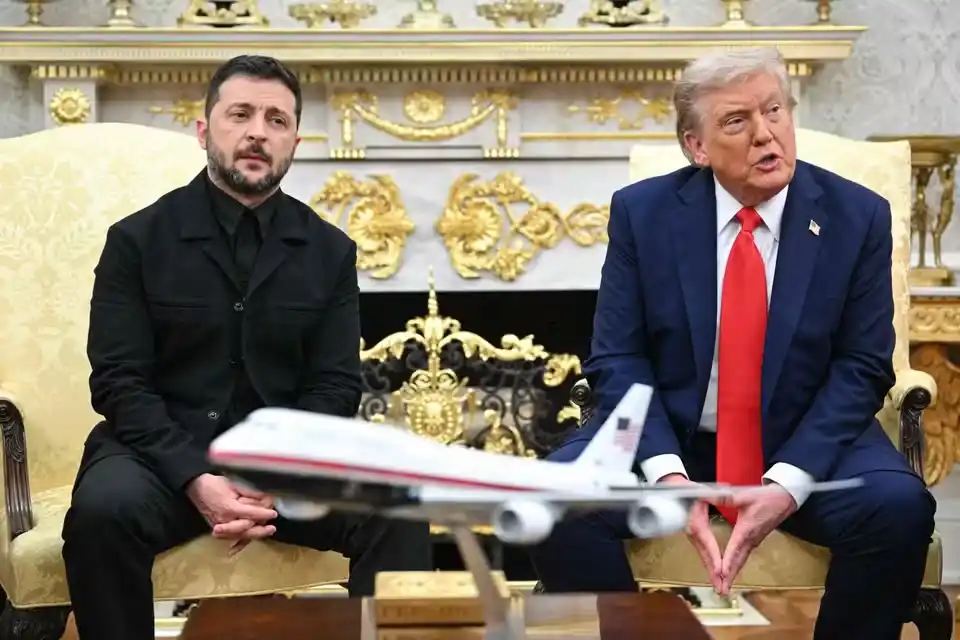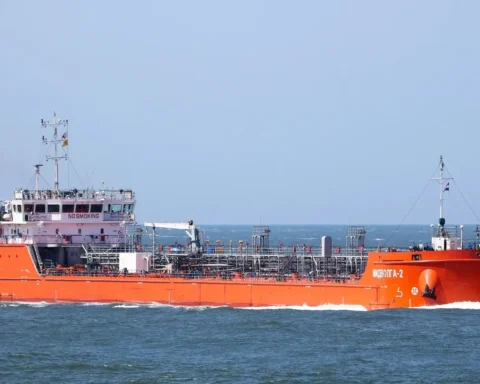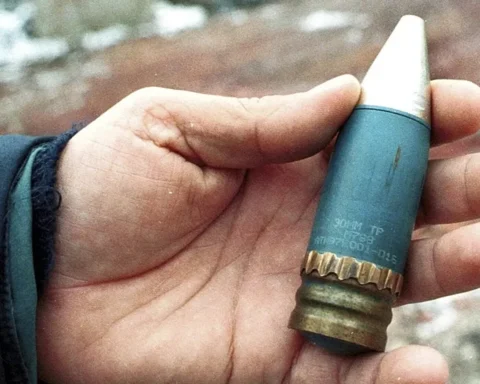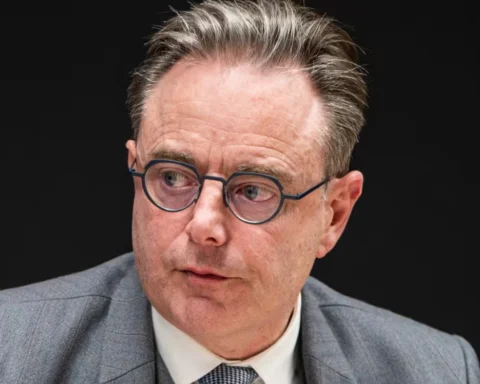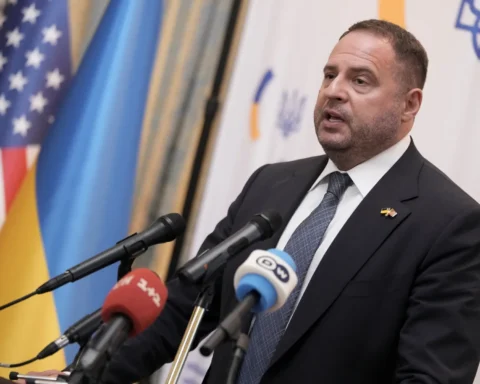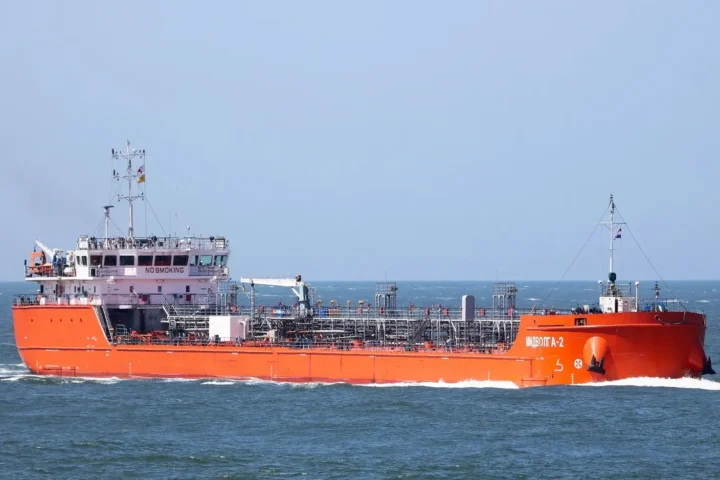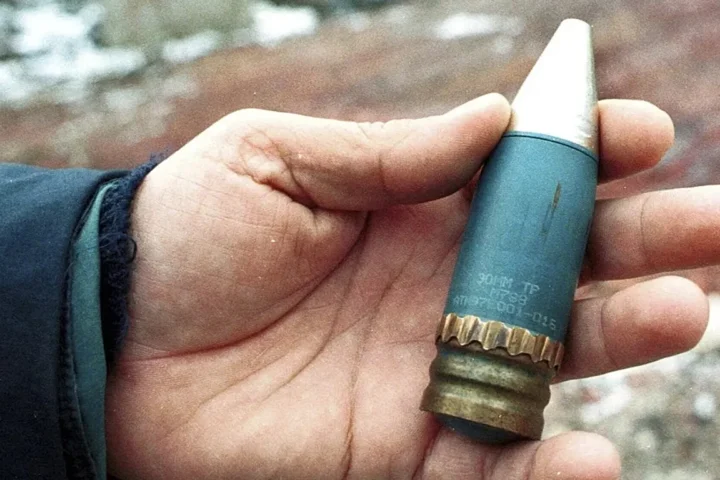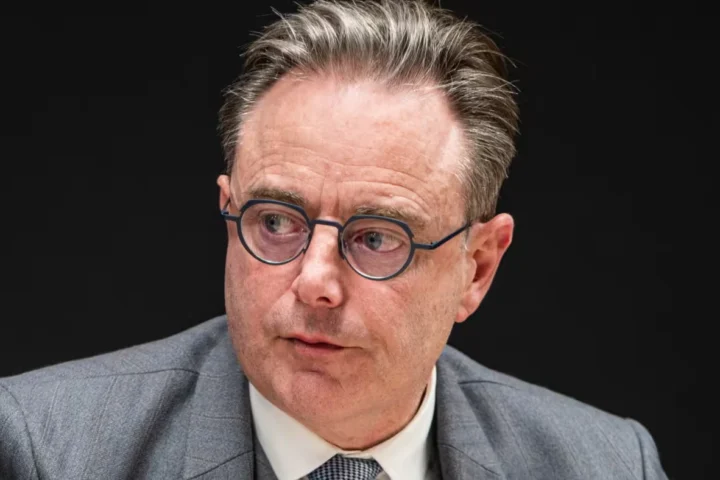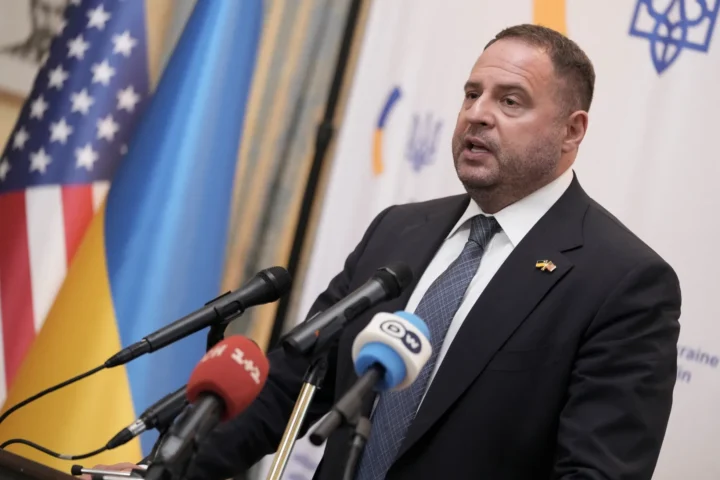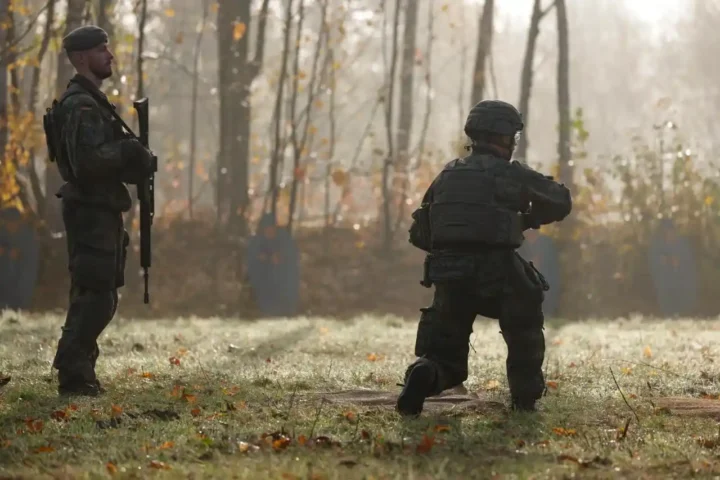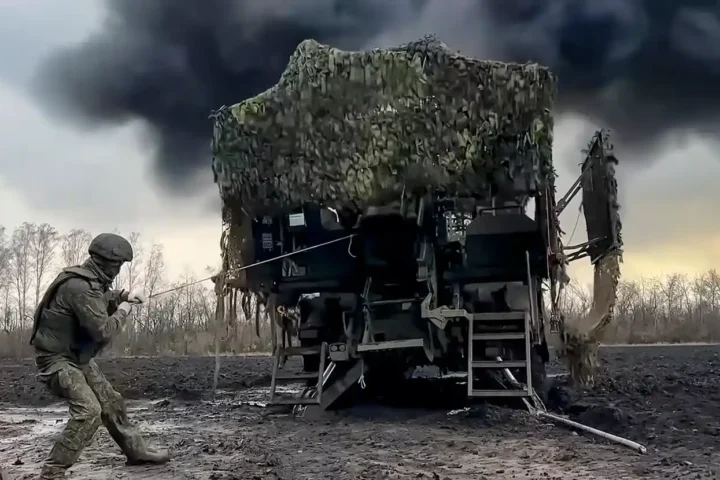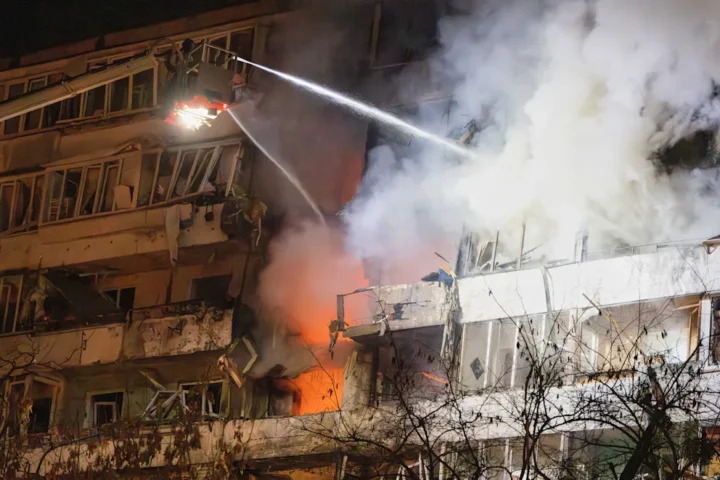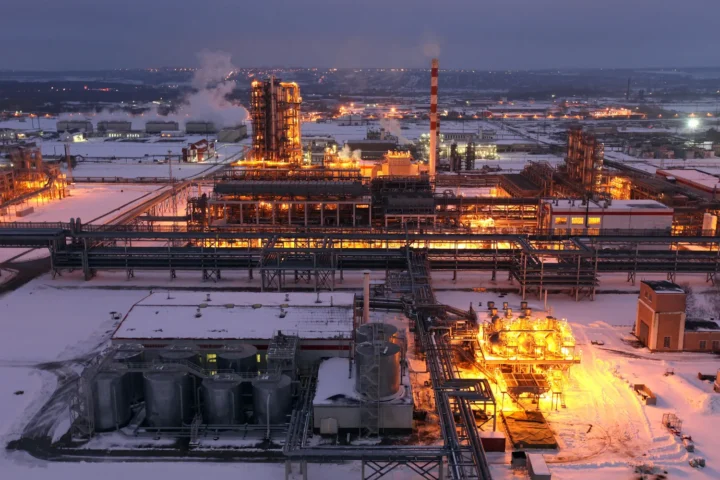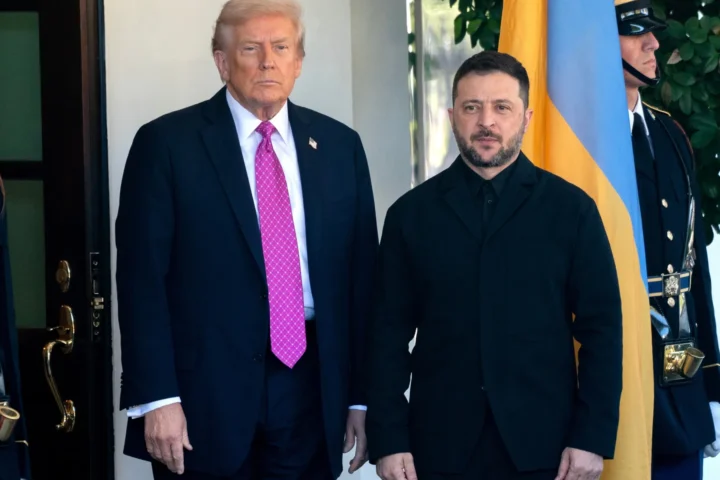The question of territorial concessions in Russia’s war against Ukraine has once again moved to the center of global politics. According to Le Monde, U.S. President Donald Trump insists that Kyiv should cede the entire Donbas region to Moscow — including areas still under Ukrainian control. Ukrainian President Volodymyr Zelensky has cautiously rejected the idea, aware of the risks of alienating the American leader.
The Map of the Front and Talks at the White House
The talks between Trump and Zelensky, held on August 18 in Washington, began with a map of Ukraine showing 1,300 kilometers of front line and 20% of the country’s territory under occupation. The details of their discussion have not been disclosed, but Trump’s position is no secret. After meeting with Vladimir Putin in Alaska on August 15, he stated that the Kremlin would agree to end the war if granted full control over Donetsk and Luhansk.
On his Truth Social platform, Trump wrote:
“President Zelensky of Ukraine can end the war with Russia almost immediately if he wants, or he can continue to fight.”
In Trump’s view, such a concession appears to be the inevitable price of peace. Zelensky, however, has rejected the idea — with the backing of European allies. He acknowledges that Ukraine’s military currently lacks the ability to retake occupied territories by force, but insists that unilaterally surrendering land still under Kyiv’s control is out of the question. Instead, he has proposed freezing the front line and declared his readiness to meet Vladimir Putin in person to discuss peace:
“This is a question we will leave between Putin and me,” he stressed.
Fears in Kyiv and Washington’s Frustration
The issue of Ukraine’s territorial integrity, briefly touched upon in Washington during the leaders’ summit, remains highly sensitive. Analysts fear that Zelensky’s refusal to accept Moscow’s conditions in exchange for vague promises of security guarantees could frustrate Trump, who is eager to claim a peace deal.
For Kyiv, the very idea of giving up Donbas is seen as extremely dangerous. More than 200,000 civilians continue to live in the part of Donetsk still controlled by Ukraine. Military officials warn that abandoning these fortified areas would not only destroy public trust but also open the way for further Kremlin offensives deeper into the country.
Ukrainian analyst Volodymyr Fesenko notes:
“Any unilateral withdrawal of Ukrainian troops from any region would be a grave mistake, provoking strong criticism inside the country. And it would not end the war. Putin would issue new ultimatums: first Kherson and Zaporizhzhia, as he has demanded since 2024, then Kharkiv and Odesa. And he would not stop there. Putin attacks those he sees as weak.”
These concerns mirror Moscow’s rhetoric. The Kremlin has made no secret of its territorial ambitions, with Putin repeatedly hinting at further annexations.
Donbas as a Symbol
Today Russia controls about 20% of Ukraine’s territory. Only Crimea, annexed in 2014, is fully occupied. Kherson and Zaporizhzhia are under Russian control by 71% and 74% respectively, while Donetsk and Luhansk — the core of the Donbas — are 79% and 99% occupied. Russian troops also hold pockets of land in Kharkiv and Sumy.
Although many experts doubt that Russia has the economic and military resources to advance beyond Donbas, this region remains the Kremlin’s main focus. For more than three years, Moscow has concentrated its offensive there, expanding its control at the cost of heavy losses.
For Putin, Donbas carries both symbolic and propagandistic weight. In 2014, a Moscow-backed separatist uprising erupted there following the pro-European Maidan revolution and the flight of pro-Russian president Viktor Yanukovych. Once the industrial heart of the Soviet Union, known for its coal mines and steelworks, the region has suffered economic decline since Ukraine’s independence in 1991.
Now, after more than eleven years of war, Donbas lies in ruins. Its potential natural resources, including strategic minerals, would require massive investment to exploit. Having invested so much militarily and politically, the Kremlin is unlikely to relinquish control.
Zelensky’s Balancing Act
Zelensky finds himself in a precarious position — caught between Trump’s pressure for a swift peace and the demands of his own population.
Public opinion reflects exhaustion. According to a survey by the Kyiv International Institute of Sociology, 43% of Ukrainians are willing to discuss de facto recognition of Russian control over occupied territories, but without formal recognition. Meanwhile, 48% firmly oppose any such compromise.
Still, more than half of Ukrainians would consider this option only as part of a comprehensive peace plan that included reliable security guarantees. Yet an overwhelming majority (78%) categorically reject ceding territories currently under Kyiv’s control.
Thus, Ukraine is navigating between the White House’s pressure and its own national resilience. Donbas remains the central question — whether the war ends with a risky compromise or drags on as a prolonged and exhausting conflict.
This article was prepared based on materials published by Le Monde. The author does not claim authorship of the original text but presents their interpretation of the content for informational purposes.
The original article can be found at the following link: Le Monde.
All rights to the original text belong to Le Monde.


